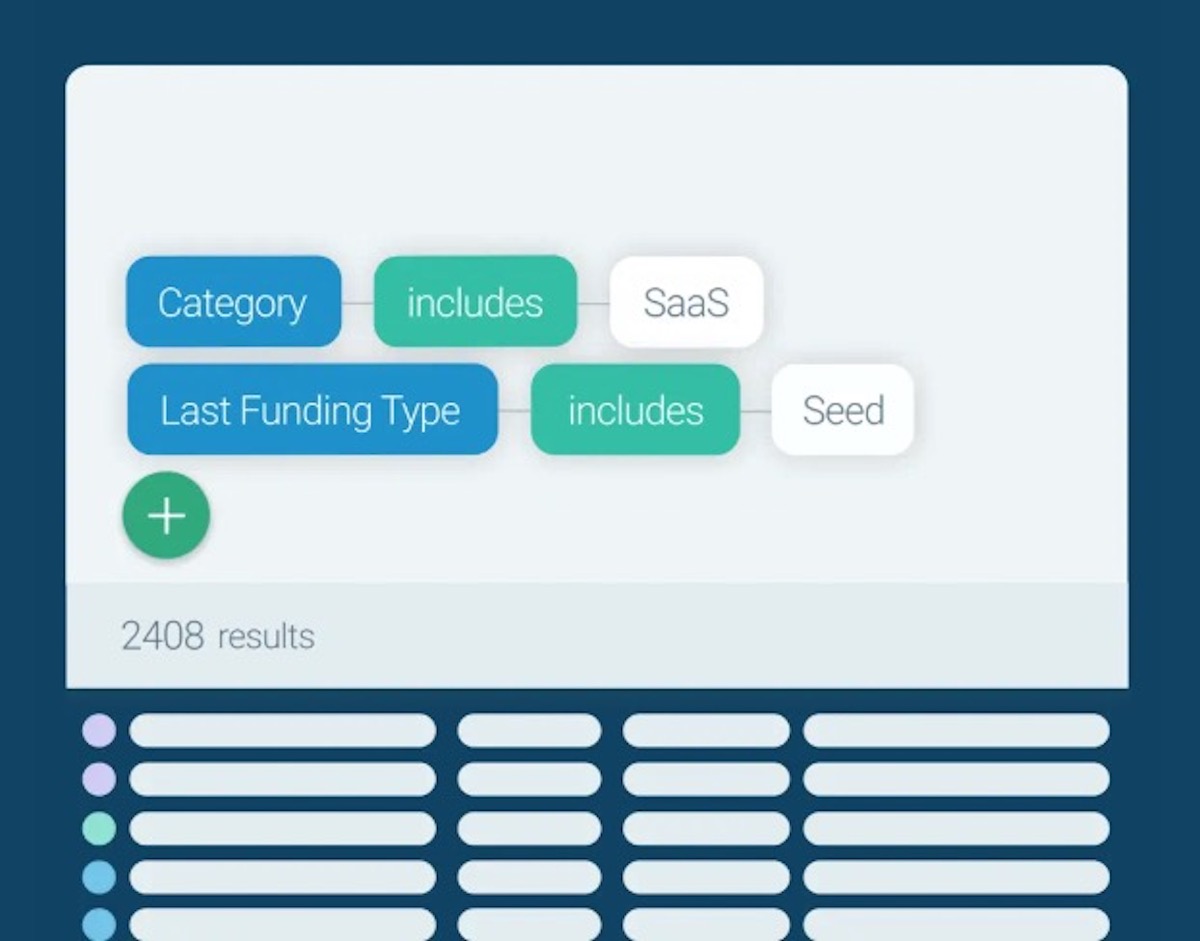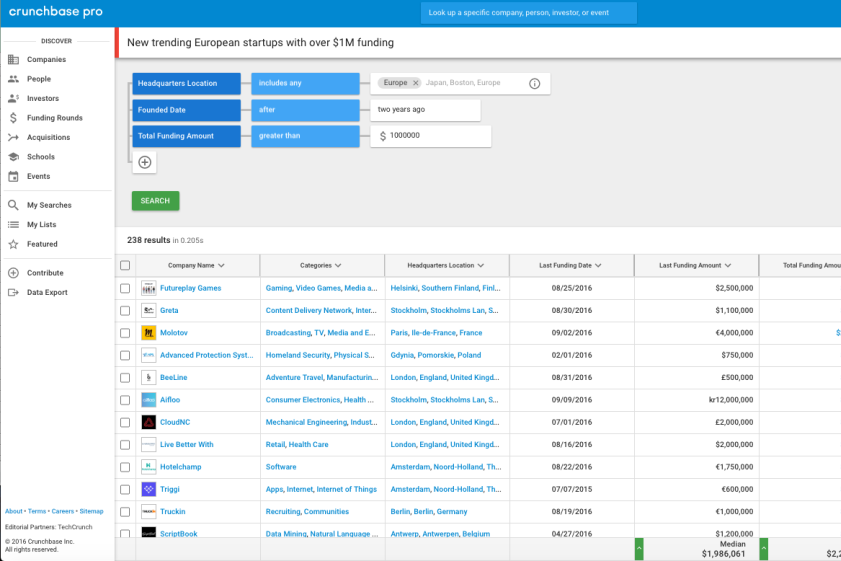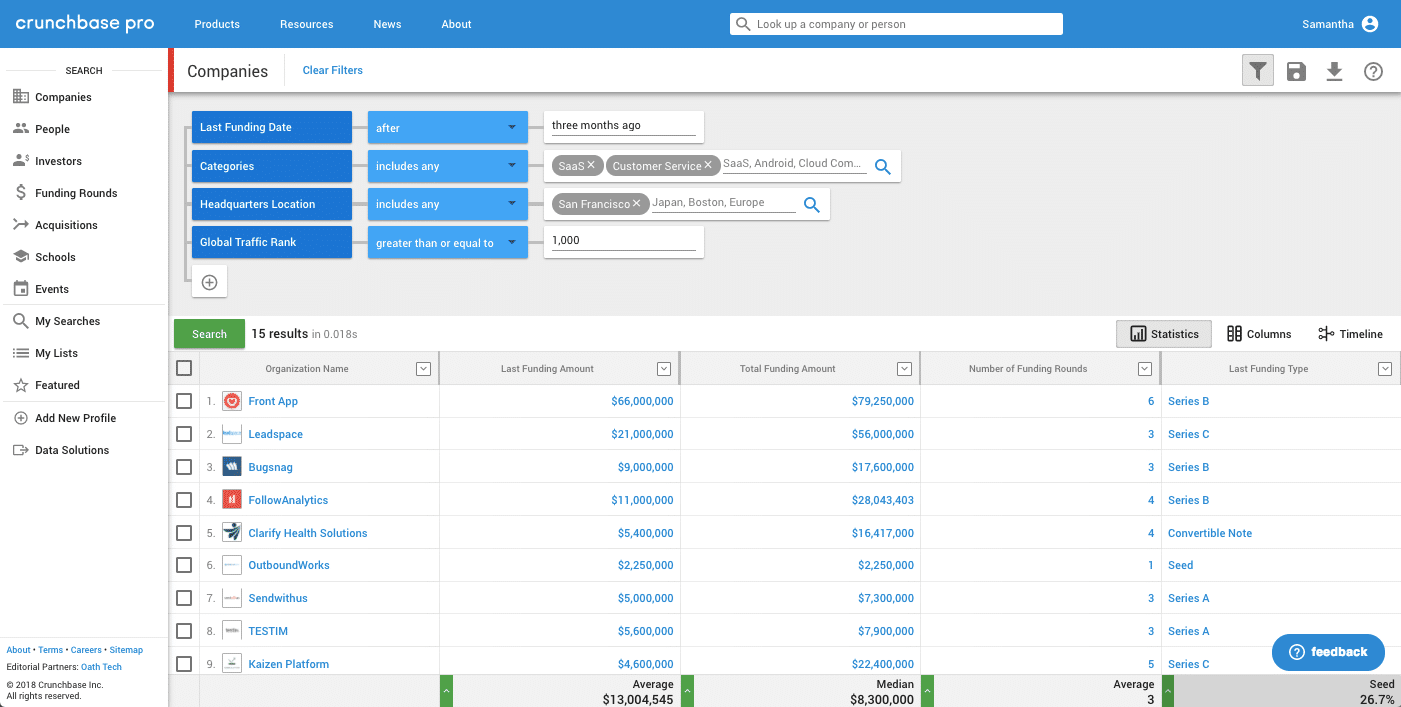
On Miro, you can add sticky notes in bulk, zoom in and out using the CTRL and +/- options.You can box notes into grids and lock them so that that particular note does not get lost when members move around the board. Mural’s features are visually more organized and spaced out.It is fitted with an icon library, text blocks, design, link-sharing, sticky notes, shapes and connectors, gifs and images and freehand drawing, writing and sketching. The Mural board’s first blank project canvas is called the Facilitator. The icon tray is located to the left of the board, with sticky notes, text inputs and freehand and stylus sketching.

Guest users have limited collaboration options while members get full-access to take notes, conference in and share screens by turning on the presentation mode. You have options to brainstorm at-scale for projects. The Miro whiteboard is laid out as an infinite-scroll canvas. You can react to messages and notes using emojis. Mural offers the Quick Talk feature to get onto voice calls, but there is presently no video calling capabilities. Miro’s video chat feature accommodates a few participants at a time but lacks breakout rooms for smaller teams or individuals. You can set the board to “private” mode so that the template is only visible to the facilitator. This is a feature that isn’t currently available on Mural. There is a starter view on the board that eases you into creating and using templates. Miro’s templates have helpful texts and tips. Mural is less extensive and has fewer integrations in its list.

Miro has an open API architecture that lets developers integrate their own apps into it. The lock option lets facilitators have more control over the meeting. Mural lets facilitators adjust screens to guide participants to a certain space, using the “Take Control” feature. While MURAL’s design is more simplistic, if you are looking for quick access to tools, you’ll want to go with Miro. It has a screen sharing option to make it easier to discern who all are on the board of use, it truly depends on user preference. On Miro, users move boards to the facilitator’s location. Although they have similar features, there are differences in how these features appear on the interface that determines its navigation and subsequent usage. Are Miro and Mural the Same?īroadly speaking, both Miro and Mural are digital whiteboard tools that let teams collaborate and ideate on canvases. Their customer base includes Thoughtworks, Atlassian, and IDEO. Mural has dual headquarters located in Buenos Aires, Argentina, and San Francisco, the U.S.

The trio currently serve as CEO, CTO, and Head of Product respectively. Mural was developed by Mariano Battan, Pato Jutard, and Agus Soler. The company’s headquarters are in San Francisco, U.S. Miro was formerly known as Realtimeboard and is headed by Daniel Dines and Andrew Filev. Miro’s mission is to enable remote, collocated and distributed teams to collaborate, brainstorm and present on unique canvases. Miro is named after Spanish abstract artist Joan Miro.
#MIRO CRUNCHBASE SOFTWARE#
Miro and Mural are online whiteboard software for virtual offices. In this post, the SorryonMute team will be exploring Miro and Mural and give you the information you need to decide what’s best for your remote team!

For the sake of avoiding confusion, alas, there can only be one tool everyone can get on. The last time I reviewed collaborative canvases, I looked up Miro, Stormboard and Mural’s Youtube tutorials and couldn’t resist checking out the features they have in common and what’s different about them. And two such digital whiteboards that are competing for the affections of remote teams are Miro vs Mural. We’ve come to a stage where we express ourselves more freely on a digital platform than in-person.


 0 kommentar(er)
0 kommentar(er)
